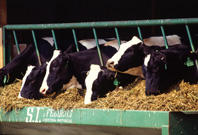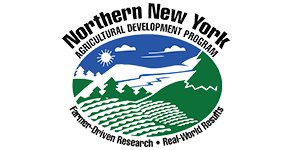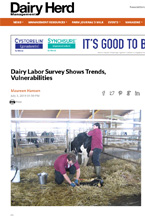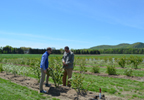
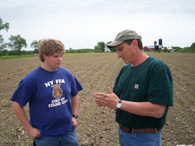
July 11, 2019. Congratulations go to Cornell University Entomologist Dr. Elson Shields and Cornell Cooperative Extension Northern New York Regional Field Crops Specialist Michael E. Hunter for their recent New York State Integrated Pest Management Excellence Awards. Please read about each well-deserved award in the press releases as linked below.
Elson Shields: Senior Worm Wrangler Safeguards North Country Crops, wins Excellence in IPM Award
Mike Hunter: North Country Cutworm Crusader and Worm Wrangler Honored with IPM Award
